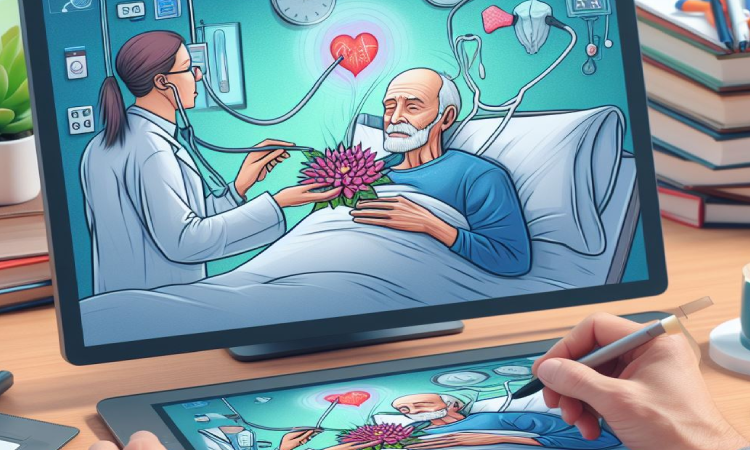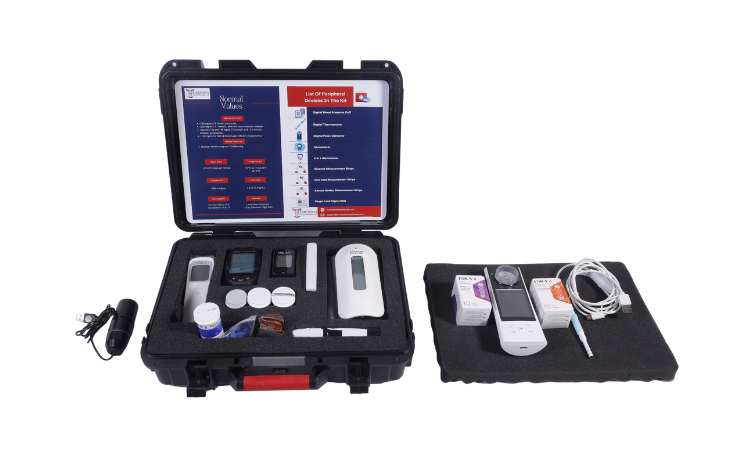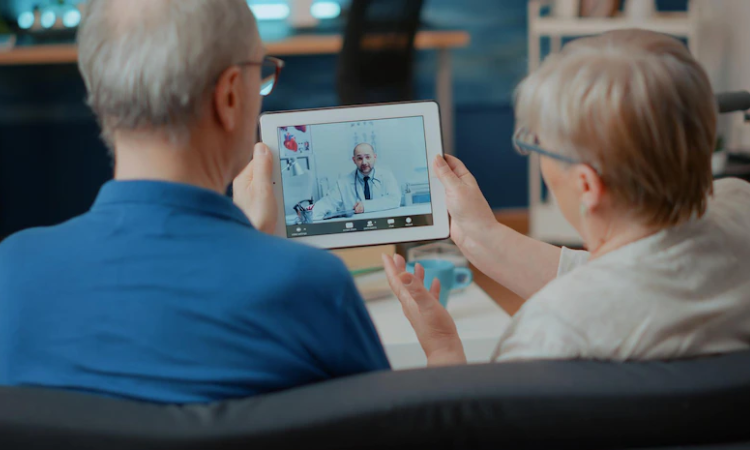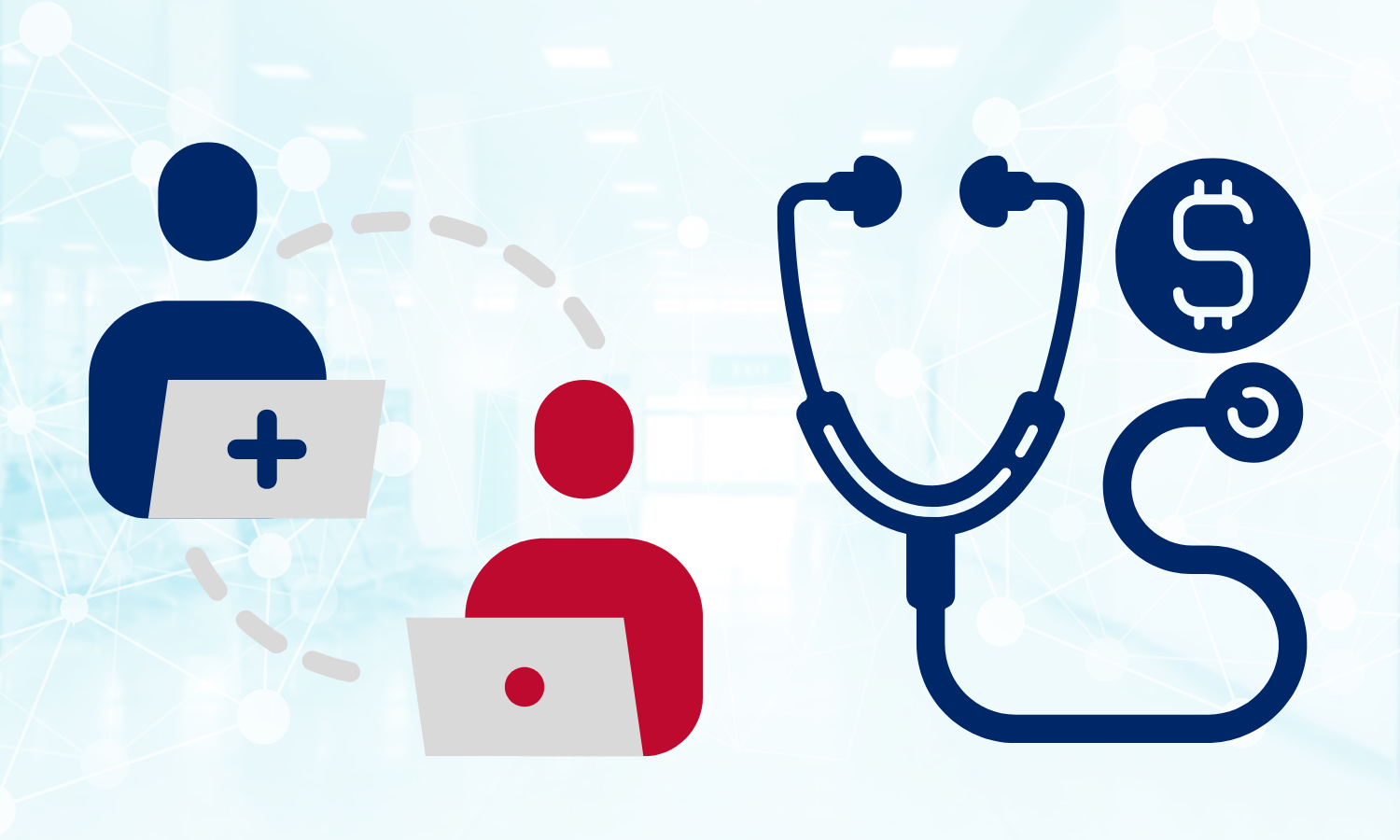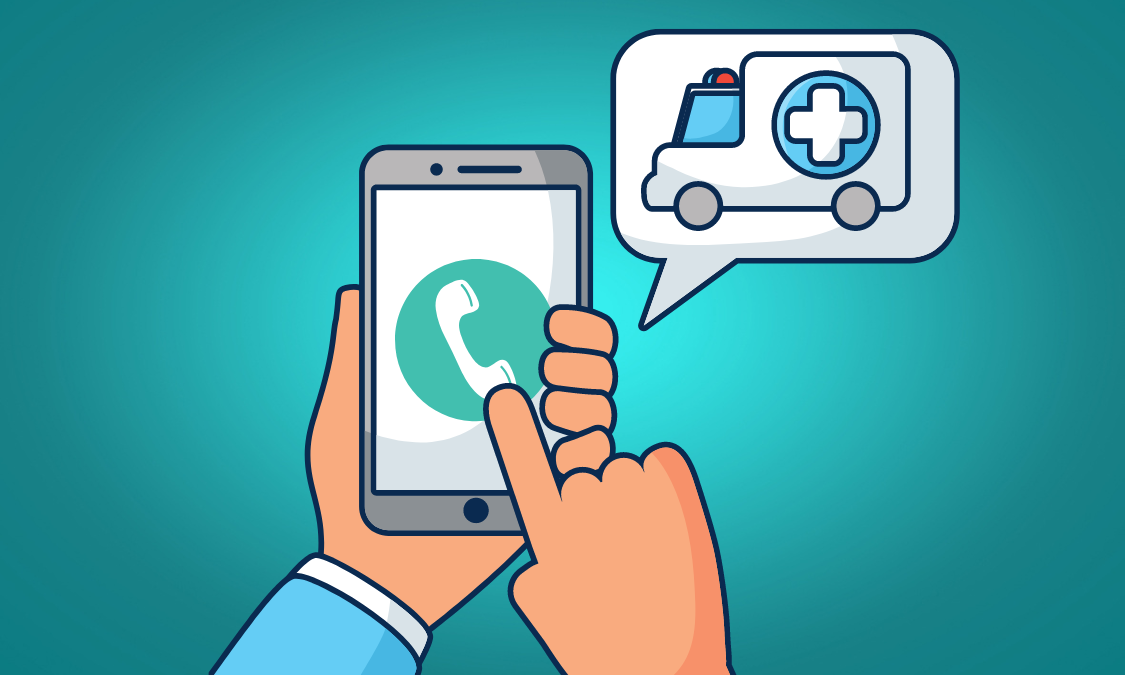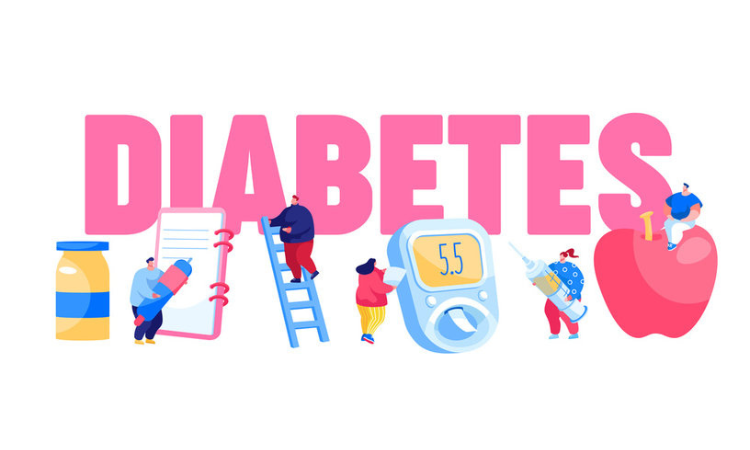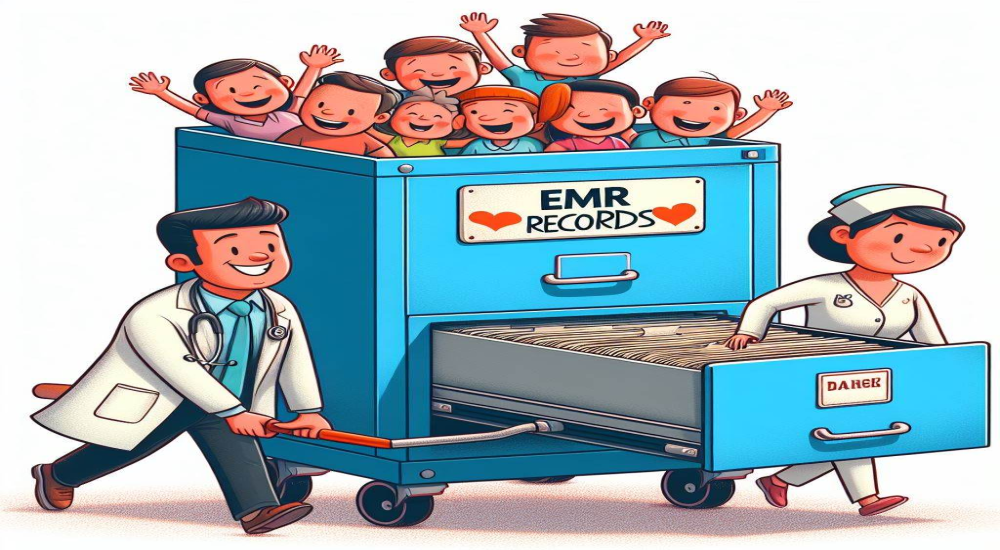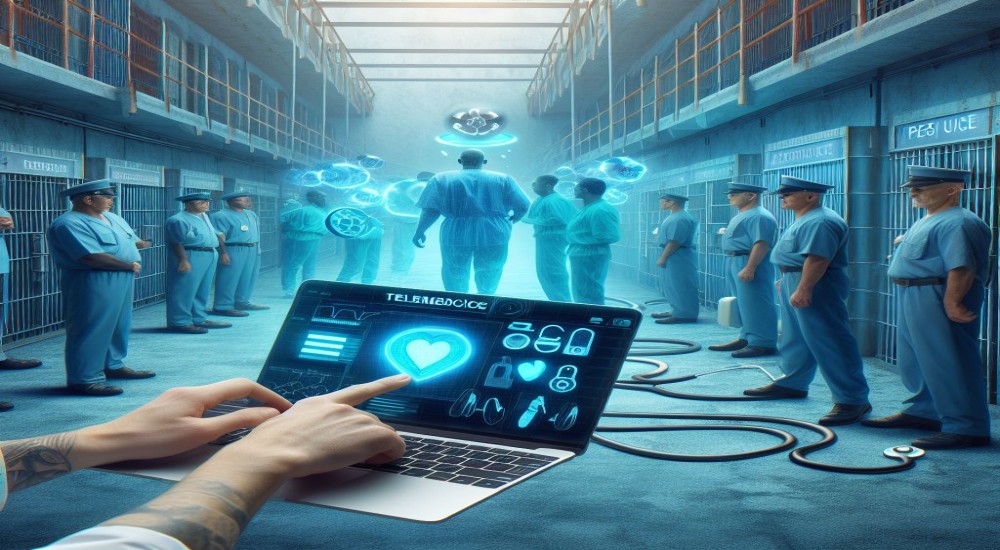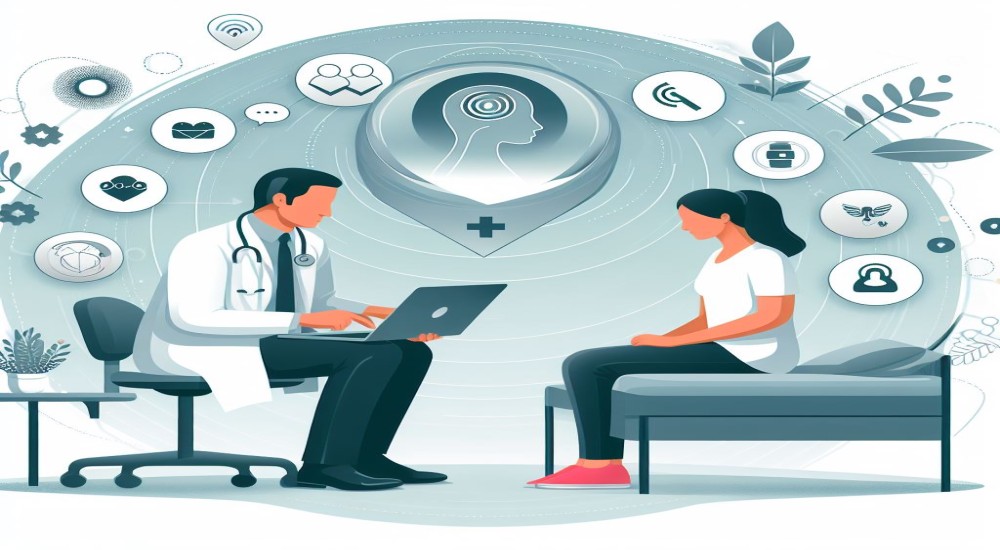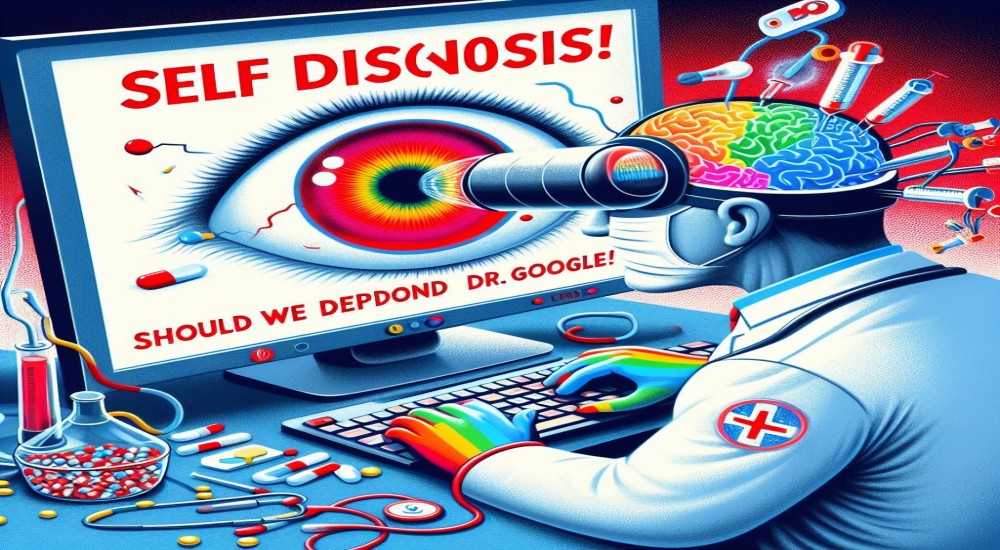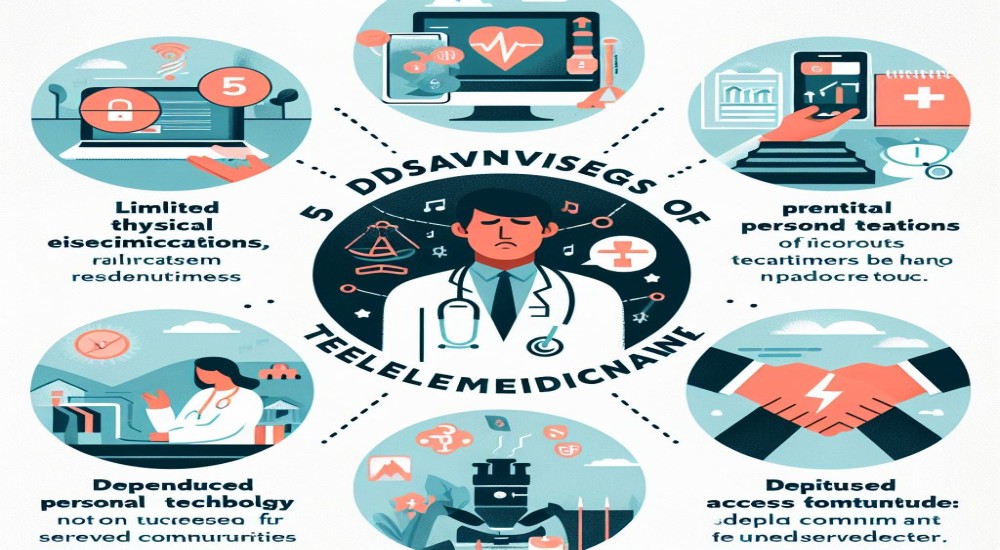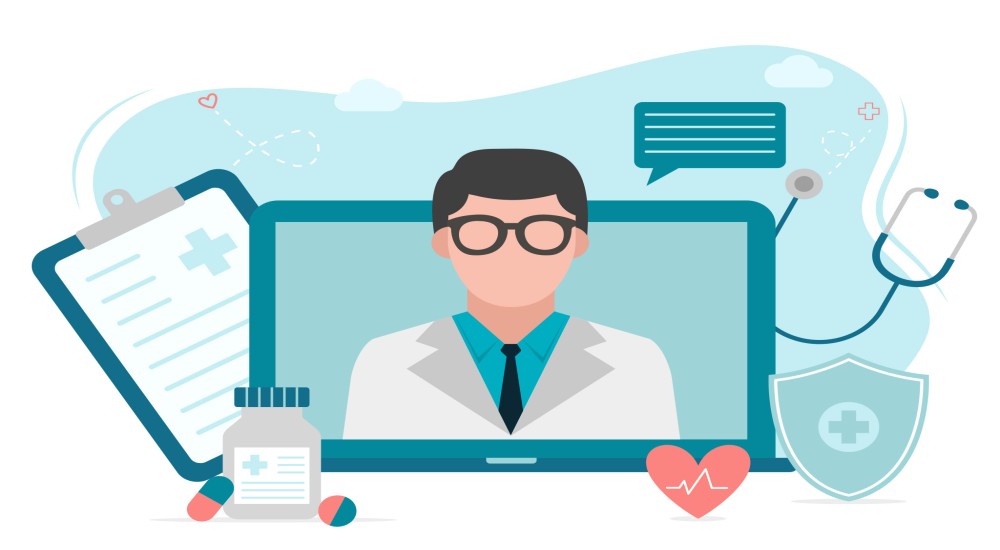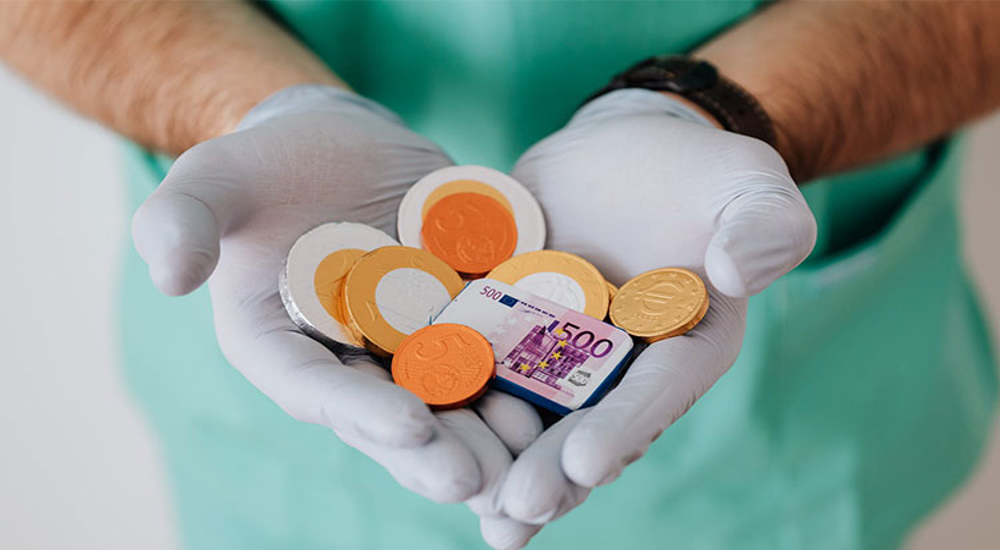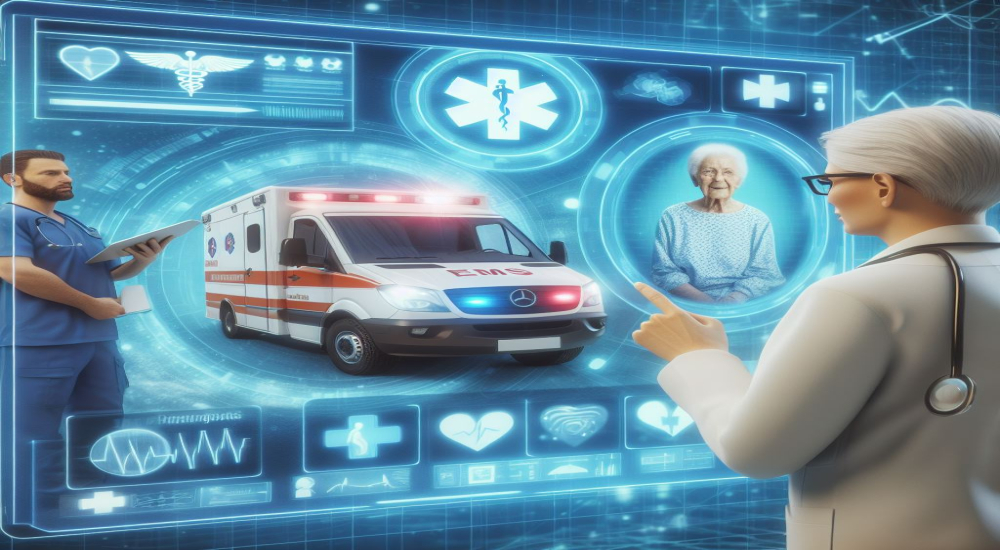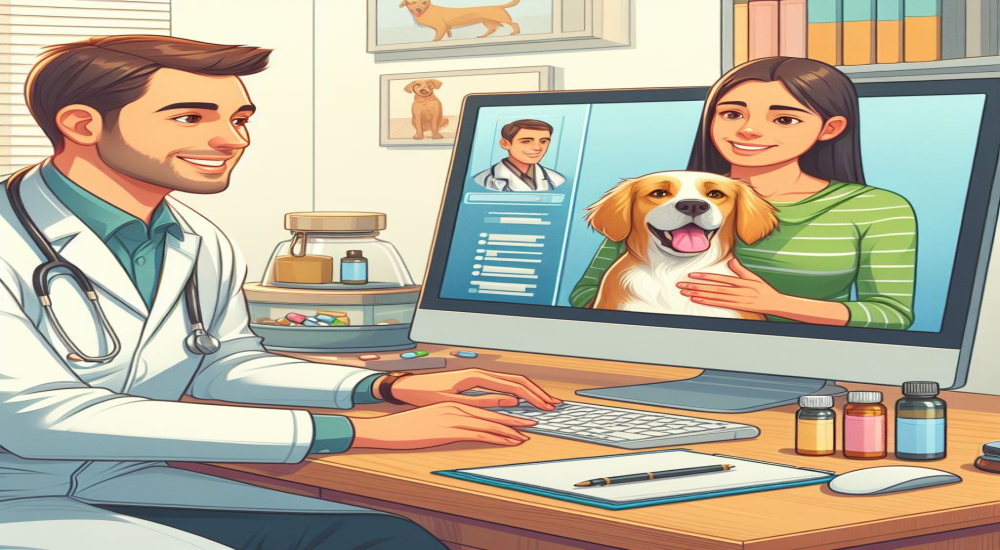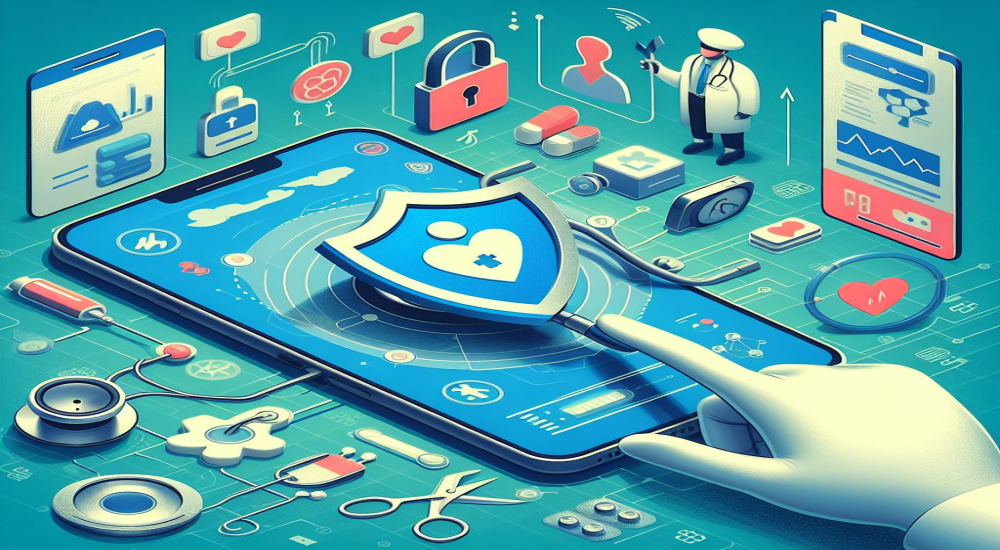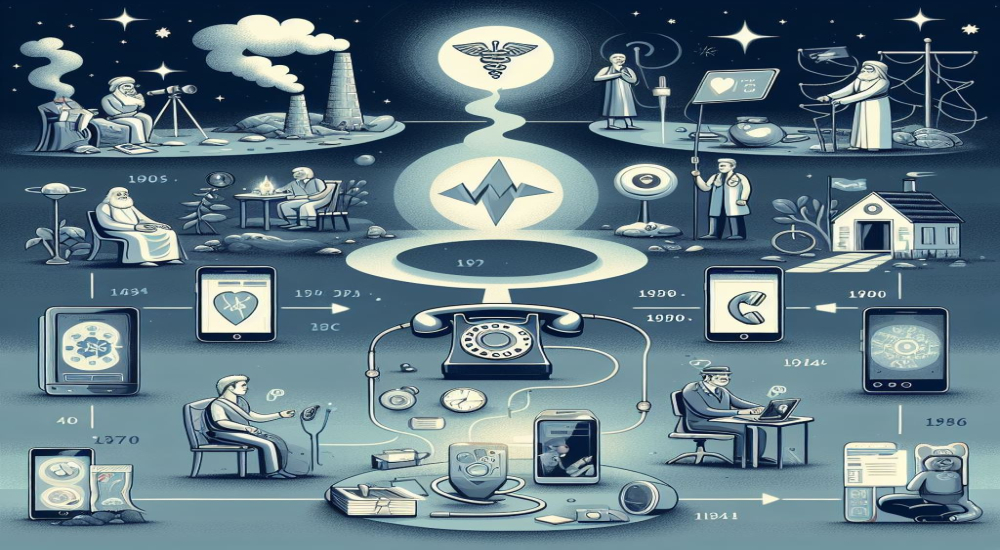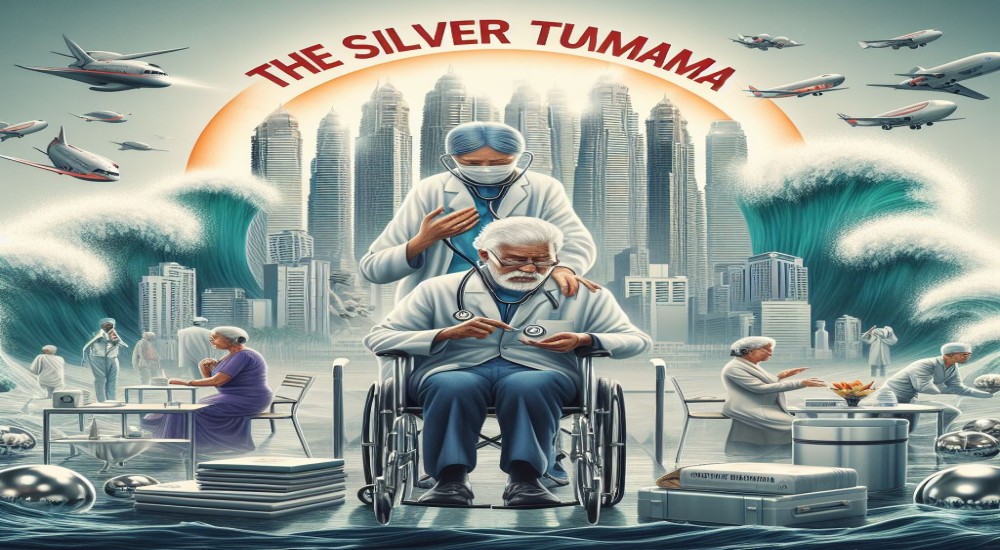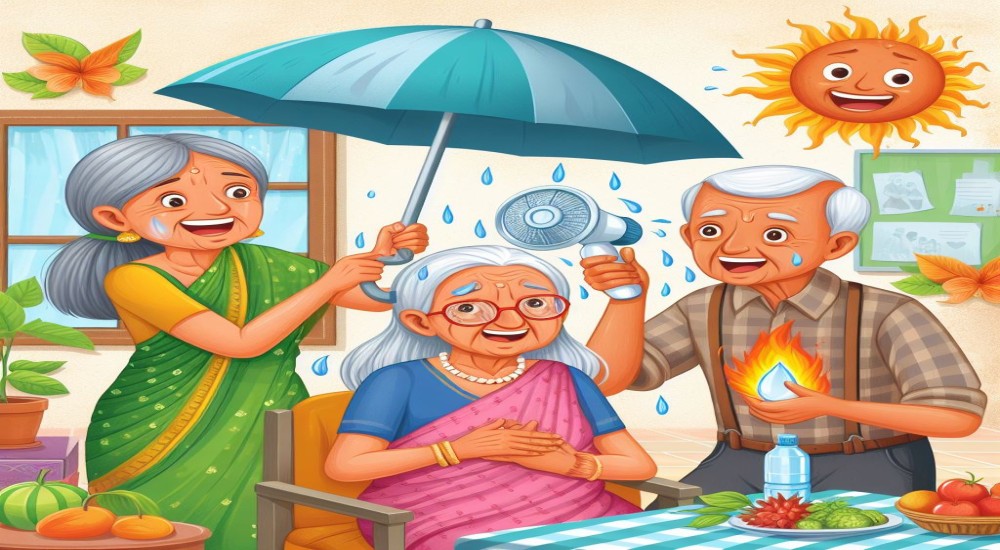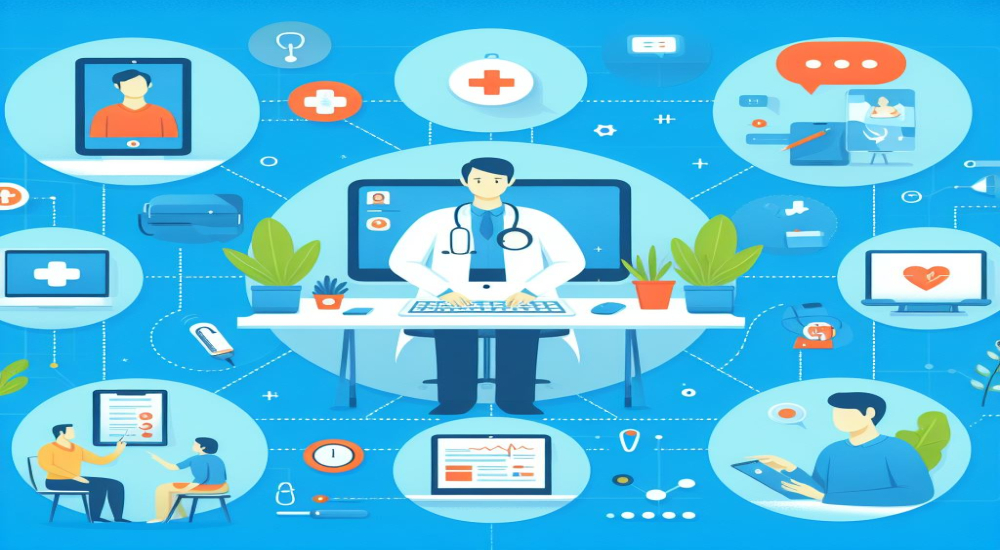How TeleTherapy is Changing the face of Healthcare..
What is Teletherapy?
Teletherapy can best be described as a subset of the vast Telehealth field and is mainly focused on providing counseling or therapy to patients over the internet or phone.
At its most basic, teletherapy is therapy done over the phone or through a videoconferencing platform. It can be used for many types of therapy and has been found to be as effective as in-person therapy.
Teletherapy has become far more popular due to the current COVID pandemic and the need for both physicians or therapists and their patients to keep in touch.
How Therapy can be crucial for health:
Therapy always conjures in our minds either the image of a forbidding psychiatrists office or some physical therapy, however therapies can be widely varied and include many novel approaches based on the individual and their specific problems.
Therapy is a mainstay for many different conditions ranging from strokes, lifestyle diseases such as diabetes, mental health counseling, habit cessation or addiction counseling, grief counseling, depression or mental health issues. Therapy can be much like medications in that they require constant intake and not having it can be extremely bad for the patient.
For recovering stroke patients the absence of physical therapy and exercises for even a few weeks can cause relapses and loss of progress. With mental health issues such as depression, withdrawals or anxiety disorders it can be debilitating to not be able access their regular support groups and therapy sessions. A lot of the progress that has been made over months or years can be lost and this is very frustrating to both healthcare professionals and to the victims of this isolation.
Taking therapy to the Virtual Space:
Technology has come to the rescue and psychiatrists, therapists and counselors have all taken to the internet and phones to stay in touch with and continue providing care to patients. For long term patients who are under maintenance therapy this can be a very simple way to keep track their progress and update or change the regimens that they are on. The lack of social interactions and physical interactions in the prolonged isolation can be somewhat alleviated with the help of group therapy sessions and interactions.
The online sphere also gives the therapist more leeway with regards to scheduling and flexibility of appointments. Having buddy systems in case of depressive episodes where patients can call and interact with each other has also shown great promise in preventing relapses or slip ups. many states and programs have successfully integrated such digital therapy ideas into their alcohol and drug rehab programs.
Online consults have the advantage that any number of patients can be looped in to create a group session. Any other resources, doctors or consults needed can be added in on the spot with minimum inconvenience. This can help provide comprehensive care that might be even better than in person care. For children and patients who have a fear of hospitals due to traumatic experiences a therapy session in the comfort of their homes can be preferable.
Familiar environments and familiar people can be extremely important for the healing process as studies have shown. These reasons are why the number of tele consults have sharply risen in the past two years alone.
The Do's and Dont's:
Teletherapy must be instituted over secure channels and open streaming platforms such as Instagram live or Facebook live should not be used. Consent from the patient for the consult or for a group consult should be obtained. Any prescriptions or refill of medications should be done through the proper channels. Care should be taken not to disclose any patient details that are protected by HIPAA laws.
There are many private video conferencing companies such as Zoom, Skype that allow for secure video consults. There are also private Telemedicine solutions and software companies that offer customized interfaces and Teleconsult features for hospitals and patients. Such software must be HIPAA compliant as well and the therapy sessions must not be recorded without the express approval of all concerned parties.
Drawbacks of TeleTherapy:
The main concern is that all of these consults can feel a little cold or impersonal when done over the phone or over a video. Both patients and medical professionals find it hard to read facial cues and body language that they normally pick up on over Teleconsults. Privacy is also a major concern even when using secure servers, data theft can also be a great concern. Screen fatigue can make longer sessions counterproductive. There are many more distractions when initiating consults at home mainly from friends or families.
There can be difficulty in assessing the exact status of patients without an in house check-up as videos aren't always clear or angled the way the doctor wants.
Takeaway:
Though the field of Telemedicine has many pros and cons we can't deny that there are many possibilities for its application in the field of therapy and long term patient management. Problems of distance, time, availability and more can be effectively handled with remote healthcare monitoring. This pandemic has forced many of us to evolve and adapt to survive and some of those changes are here to stay, among them Teletherapy is certainly one of the positive changes.
